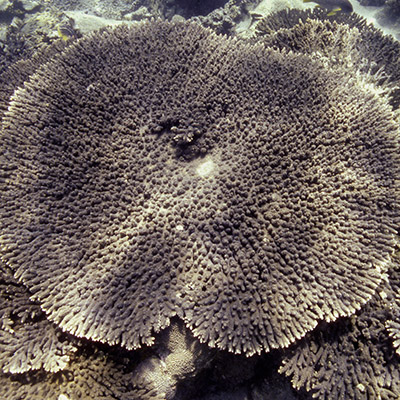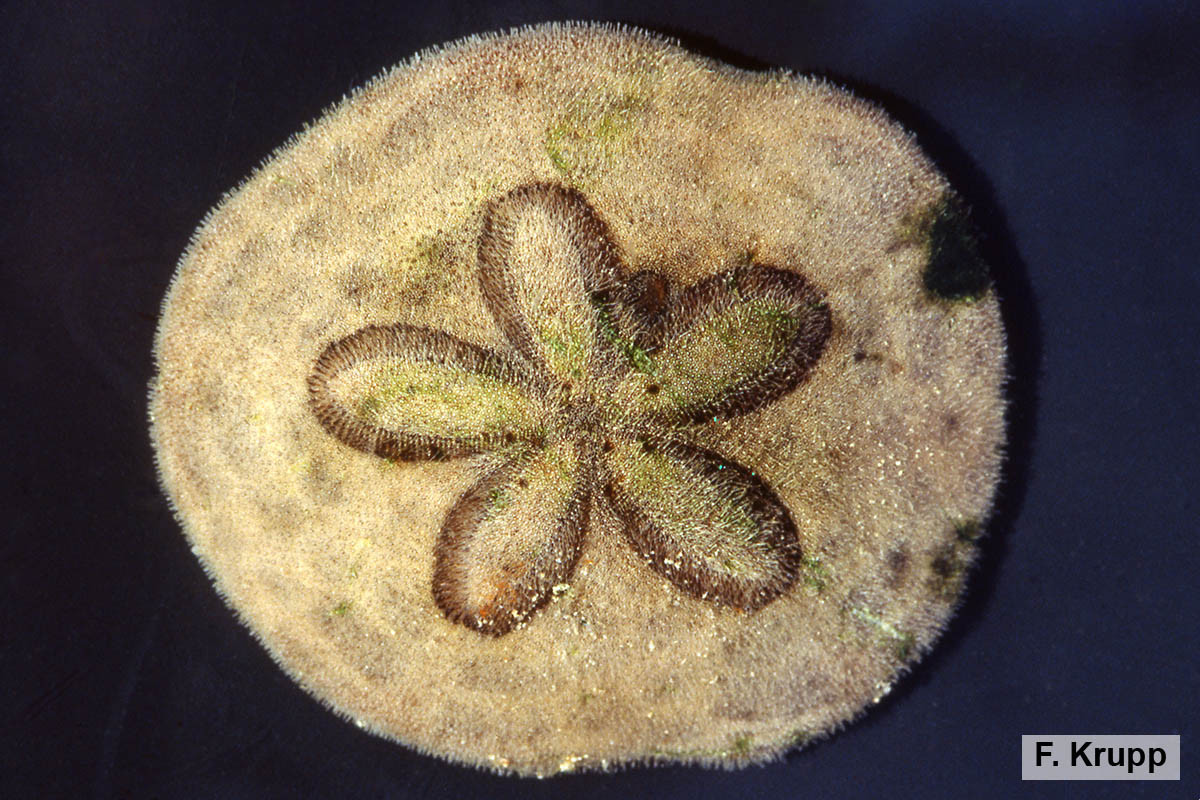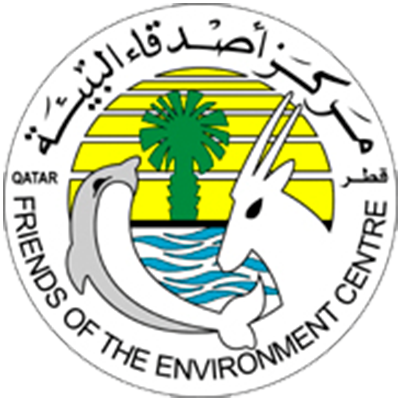Name: Clypeaster humilis
Common name: Sand Dollar
Local name:
Scientific name: Clypeaster humilis
Classification: Class: sea urchins; order: sand dollars; family: sea biscuits (Clypeasteridae)
Size: Specimens range in length from 2 to 12 cm, but are most common at a test size of about 7.5 cm in length and 1.5 cm in height.
Habitat:
Clypeaster humilis lives beyond the mean low water line, on top of or just beneath the surface of sandy or muddy areas, also on seagrass beds and sand beaches, at depths of 0 15 m. With its flattened body it is well adapted to burrow or slowly creep through the sediment by coordinated movements of the spines on its flat underside, pushing the anterior body margin through the substrate at a slight angle and plowing forward and upward . The elaborate jaw apparatus called Aristotle’s Lantern is simplified and specialized for grinding sand – another adaptation to life in soft sediment. While the tube feet on the aboral side function in respiration, those on the oral side transport food particles from the periphery to the central mouth. The food of this typical deposit feeder consists of plants and particulate organic material.
Distribution:
Clypeaster humilis is distributed in tropical waters throughout the Indo-West Pacific region, including southeastern Arabia, the Arabian Gulf, western India and further east to Australia and the South Pacific Islands.
Conservation status:
Clypeaster humilis has not yet been assessed for the IUCN Red List of Threatened Species.
Description:
Sand dollars, like all members of the echinoderms, are characterized by the five-rayed radial symmetry (pentamerism) of their body, but they have no arms. In contrast to ‘regular’ sea urchins with globular bodies, sand dollars belong to the ‘irregular’ echinoids set apart by being strongly flattened to a disk-like shape, which superimposes a superficial bilateral symmetry with distinct anterior and posterior ends. Their skeleton consists of calcareous plates that are fused together to form a rigid structure called the test. In this moderate to large-sized species, the test has an oval to rounded pentagonal outline, but is always markedly flattened. The spines so typical of sea urchins, which are movable and anchored in sockets in the test, are far less prominent in sand dollars: here they are tiny, with rounded ends, and are covered with fine hair-like cilia, giving the body a velvet-textured skin. The mouth sits centrally on the flat underside of the body, but the anus is not located on the slightly domed upper surface, as in regular sea urchins, but has instead moved posteriorly below the margin to the bottom (or oral) side. The upper (or aboral) surface bears a pattern of five leaf-shaped lines called petals, each consisting of two rows of numerous paired pores through which the tiny, transparent tube feet project from inside the body to the exterior. Tube feet are the terminal extensions of the water vascular system, the hydraulic system characteristic of all echinoderms, which performs many important functions in respiration, locomotion and food and waste transportation. Coloration is only present in the velvety spines of live individuals, which are mottled brownish; when preserved in alcohol it becomes pale gray. Dead individuals can be found washed ashore as empty tests devoid of all surface material and bleached white by sunlight.








